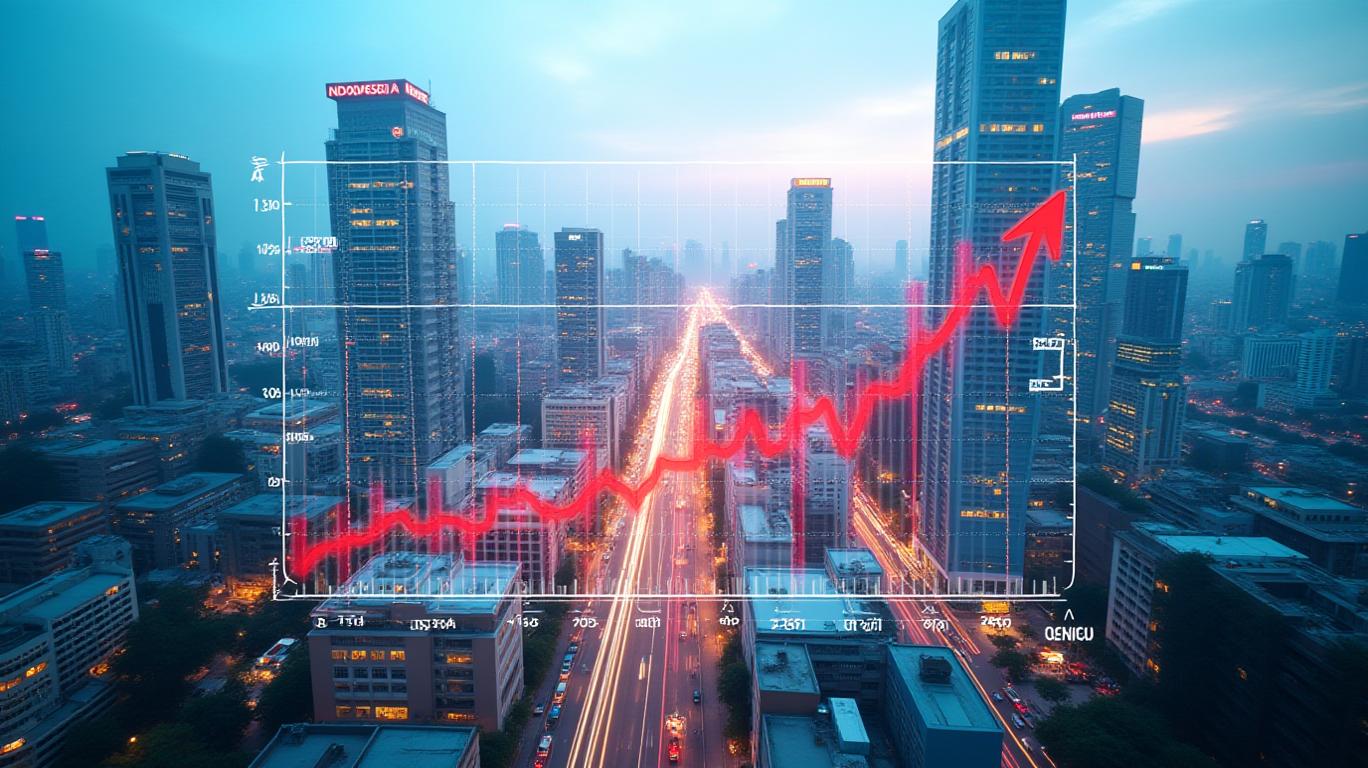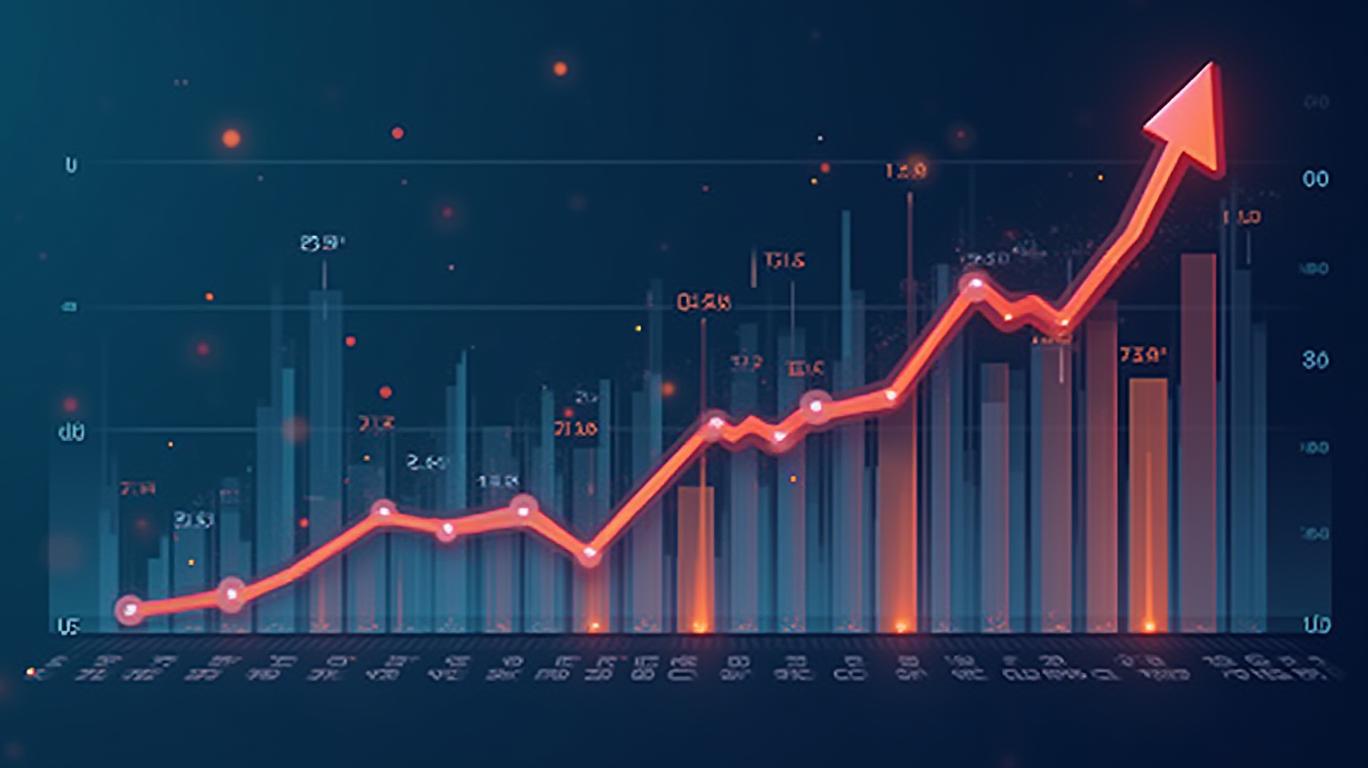Indonesia's Export Surge: Commodity Driven Growth Amid Global Headwinds
Indonesia’s economy breathed a sigh of relief in March 2025 as exports surged 3.16% year-on-year to $23.25 billion, defying forecasts of a 3.4% decline. This rebound, driven by commodity exports and government-led industrial reforms, underscores Indonesia’s dual identity as both a resource-rich economy and a nation striving to diversify its export base. However, the path ahead remains fraught with geopolitical risks and structural challenges.
Key Sectors Fueling Growth
The March rebound was anchored in traditional commodity exports: coal, palm oil, and nickel. Together, these sectors account for roughly 25% of total export revenue, with coal and palm oil benefiting from strong global demand. Nickel, however, stands out as a strategic success story under Jakarta’s “downstreaming” policy, which mandates processing raw materials domestically before export. Indonesia now dominates global nickel production, with plans to replicate this model for bauxite and copper.

The policy has shifted Indonesia from raw material exporter to a supplier of higher-value processed goods. For instance, nickel-based battery components now account for 30% of nickel exports, up from 15% in 2020. This trend aligns with global demand for electric vehicle (EV) technologies, offering long-term growth potential.
Challenges on the Horizon
Despite the positive momentum, risks loom large. The U.S. imposed a 32% tariff on Indonesian imports in April 2025, though it was paused for 90 days for negotiations. Sectors like footwear ($2.64 billion in U.S. exports) and textiles ($2.3 billion) face immediate pressure. A reveals that coal futures fell to $97/tonne in March—a four-year low—compounding the tariff’s impact.
Structural weaknesses also persist. Indonesia’s tax-to-GDP ratio of 10.2% lags peers, while its incremental capital-output ratio (ICOR) of 6.33 signals inefficiencies in capital utilization. These factors hinder infrastructure development, critical for sustaining export competitiveness.
Policy Responses and Opportunities
The government is countering these challenges with aggressive initiatives:
1. Danantara, a $20 billion state investment vehicle, is funding infrastructure projects to improve logistics and industrial capacity.
2. Local content requirements for manufacturing aim to boost domestic production, though they risk alienating foreign investors.
3. Trade agreements like the upgraded ASEAN-Australia-New Zealand Free Trade Agreement (AANZFTA) are expanding market access.
The automotive sector exemplifies these efforts. Despite a 32% tariff, Indonesia’s right-hand-drive vehicles remain competitive in markets like Australia and the Middle East. Exports to these regions grew 11% in 2024, offering a partial offset to U.S. market risks.
Data-Driven Outlook
shows a March surplus of $4.33 billion, the largest in four months. However, the World Bank projects 5–5.1% GDP growth in 2025, below Jakarta’s 8% target. Key risks include:
- Geopolitical tensions: U.S.-Indonesian trade talks could redefine export trajectories.
- Commodity dependency: A 10% drop in coal prices reduces export revenue by $2.4 billion annually.
- Structural reforms: Achieving a tax-to-GDP ratio of 12% by 2025 is critical to funding infrastructure.
Conclusion
Indonesia’s March export rebound highlights the resilience of its commodity sectors but also the urgency of diversification. While nickel’s downstream potential and infrastructure investments offer long-term hope, near-term growth hinges on navigating U.S. tariffs and addressing inefficiencies. Investors should focus on processed mineral exporters (e.g., nickel battery firms) and infrastructure plays tied to Danantara’s projects. However, caution is warranted: without structural reforms, Indonesia’s economy may remain stuck in a low-growth cycle.
The data tells a clear story: commodities are king today, but sustained success demands a shift toward value-added industries. For now, Indonesia’s export story is one of cautious optimism—a resource-driven rebound amid a storm of global uncertainty.










